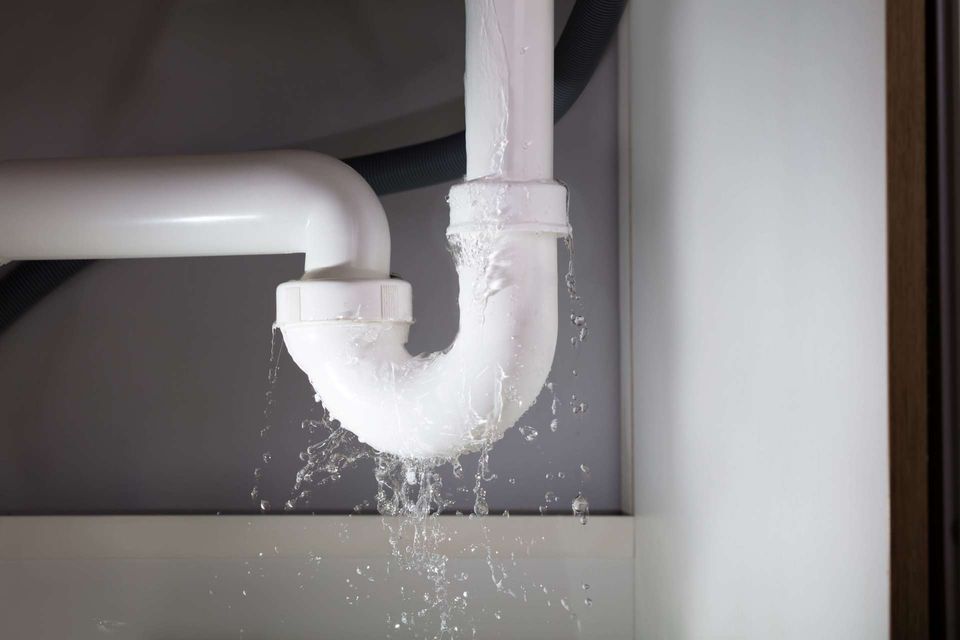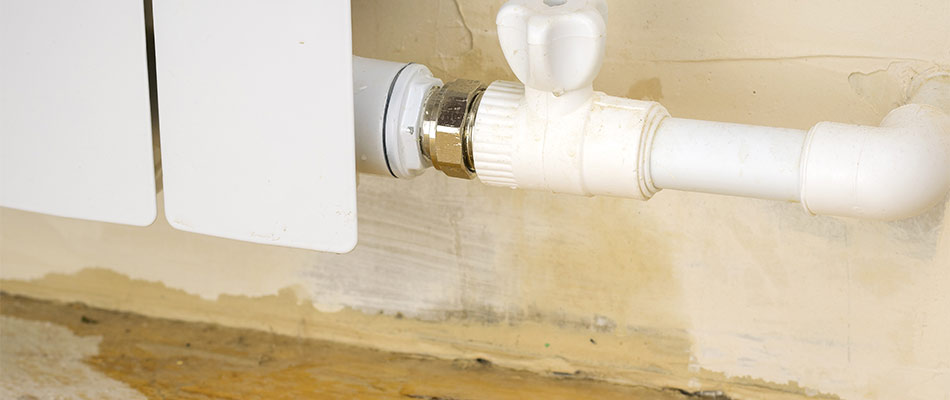Here down the page you can get additional excellent tips on the subject of Hacks to detect leaks.

Early detection of leaking water lines can minimize a prospective disaster. Some little water leakages might not be visible.
1. Analyze the Water Meter
Every home has a water meter. Checking it is a surefire way that aids you find leakages. For starters, turn off all the water sources. Make certain no one will purge, use the faucet, shower, run the washing device or dishwashing machine. From there, go to the meter and watch if it will certainly change. Since no one is utilizing it, there ought to be no activities. That suggests a fast-moving leak if it moves. Furthermore, if you spot no changes, wait a hr or two and examine back again. This means you might have a slow-moving leak that can even be underground.
2. Inspect Water Intake
Examine your water expenses and also track your water consumption. As the one paying it, you ought to observe if there are any kind of discrepancies. If you identify sudden changes, regardless of your intake coinciding, it means that you have leaks in your plumbing system. Keep in mind, your water costs must fall under the very same range on a monthly basis. A sudden spike in your costs shows a fast-moving leak.
A stable rise every month, also with the same practices, shows you have a slow-moving leakage that's additionally slowly intensifying. Call a plumber to extensively check your residential or commercial property, specifically if you feel a cozy location on your floor with piping beneath.
3. Do a Food Coloring Examination
When it comes to water intake, 30% comes from bathrooms. If the color somehow infiltrates your bowl throughout that time without flushing, there's a leak between the storage tank as well as dish.
4. Asses Outside Lines
Do not neglect to check your outdoor water lines also. Needs to water seep out of the connection, you have a loose rubber gasket. One little leak can lose tons of water as well as increase your water costs.
5. Examine and also Evaluate the Circumstance
House owners should make it a habit to check under the sink counters as well as also inside cupboards for any bad odor or mold and mildew development. These 2 red flags show a leakage so punctual focus is required. Doing routine inspections, also bi-annually, can conserve you from a major issue.
Check for discolorations and compromising as the majority of pipelines as well as appliances have a life expectancy. If you think dripping water lines in your plumbing system, don't wait for it to intensify.
Early detection of dripping water lines can alleviate a potential catastrophe. Some little water leakages may not be noticeable. Examining it is a proven way that assists you uncover leakages. One small leakage can throw away lots of water and spike your water bill.
If you believe dripping water lines in your plumbing system, do not wait for it to escalate.
WARNING SIGNS OF WATER LEAKAGE BEHIND THE WALL
PERSISTENT MUSTY ODORS
As water slowly drips from a leaky pipe inside the wall, flooring and sheetrock stay damp and develop an odor similar to wet cardboard. It generates a musty smell that can help you find hidden leaks.
MOLD IN UNUSUAL AREAS
Mold usually grows in wet areas like kitchens, baths and laundry rooms. If you spot the stuff on walls or baseboards in other rooms of the house, it’s a good indicator of undetected water leaks.
STAINS THAT GROW
When mold thrives around a leaky pipe, it sometimes takes hold on the inside surface of the affected wall. A growing stain on otherwise clean sheetrock is often your sign of a hidden plumbing problem.
PEELING OR BUBBLING WALLPAPER / PAINT
This clue is easy to miss in rooms that don’t get much use. When you see wallpaper separating along seams or paint bubbling or flaking off the wall, blame sheetrock that stays wet because of an undetected leak.
BUCKLED CEILINGS AND STAINED FLOORS
If ceilings or floors in bathrooms, kitchens or laundry areas develop structural problems, don’t rule out constant damp inside the walls. Wet sheetrock can affect adjacent framing, flooring and ceilings.
https://www.servicemasterbyzaba.com/blog/how-to-detect-water-leakage-in-walls/

As a fervent reader on Hacks to detect leaks, I think sharing that piece of writing was beneficial. Loved our write-up? Please share it. Let another person locate it. I cherish reading our article about Detecting hidden plumbing leaks.